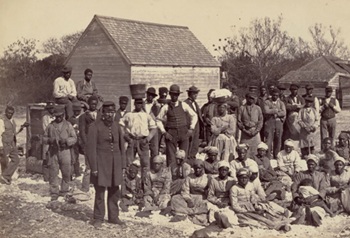Prescriptive rights of way
Rights of way across the land of others can become established if they have been used openly and without force for at least 20 years. However, such use must also be without permission and, as one case showed, that can often prove a sticking point.
In the case of Welford & Ors v Graham & Anr. [2017], the owners of land on which a workshop stood claimed a vehicular right of way over an adjoining yard. The First-tier Tribunal (FTT) found that the yard had been used as a means of vehicular access to the workshop for the required 20-year period.
However, in refusing to recognise a right of way, the FTT noted that the workshop owners had only succeeded in proving that the relevant use of the yard had been without the permission of its owners for 10 years. It had therefore not been established that the use had been as of right for two decades or more.
In upholding the workshop owners’ appeal against that decision, however, the Upper Tribunal (UT) found that the FTT had misapplied the burden of proof. Having established that the yard had been used as an access route openly and without interruption for the required period, the workshop owners had the benefit of an evidential presumption that that use had been without permission and as of right.
The yard owners had not called any evidence to rebut that presumption and the workshop owners had thus discharged the burden of showing relevant use, as of right, for a sufficient period. In the circumstances, the UT directed that the right of way be registered as an established burden on the yard owners’ land.
[edit] Related articles on Designing Buildings
Featured articles and news
Shortage of high-quality data threatening the AI boom
And other fundamental issues highlighted by the Open Data Institute.
Data centres top the list of growth opportunities
In robust, yet heterogenous world BACS market.
Increased funding for BSR announced
Within plans for next generation of new towns.
New Towns Taskforce interim policy statement
With initial reactions to the 6 month policy update.
Heritage, industry and slavery
Interpretation must tell the story accurately.
PM announces Building safety and fire move to MHCLG
Following recommendations of the Grenfell Inquiry report.
Conserving the ruins of a great Elizabethan country house.
BSRIA European air conditioning market update 2024
Highs, lows and discrepancy rates in the annual demand.
50 years celebrating the ECA Apprenticeship Awards
As SMEs say the 10 years of the Apprenticeship Levy has failed them.
Nominations sought for CIOB awards
Celebrating construction excellence in Ireland and Northern Ireland.
EPC consultation in context: NCM, SAP, SBEM and HEM
One week to respond to the consultation on reforms to the Energy Performance of Buildings framework.
CIAT Celebrates 60 years of Architectural Technology
Find out more #CIAT60 social media takeover.
The BPF urges Chancellor for additional BSR resources
To remove barriers and bottlenecks which delay projects.
Flexibility over requirements to boost apprentice numbers
English, maths and minimumun duration requirements reduced for a 10,000 gain.
A long term view on European heating markets
BSRIA HVAC 2032 Study.
Humidity resilience strategies for home design
Frequency of extreme humidity events is increasing.
National Apprenticeship Week 2025
Skills for life : 10-16 February
























